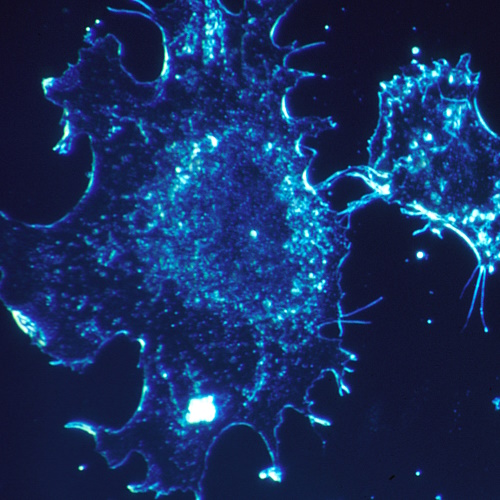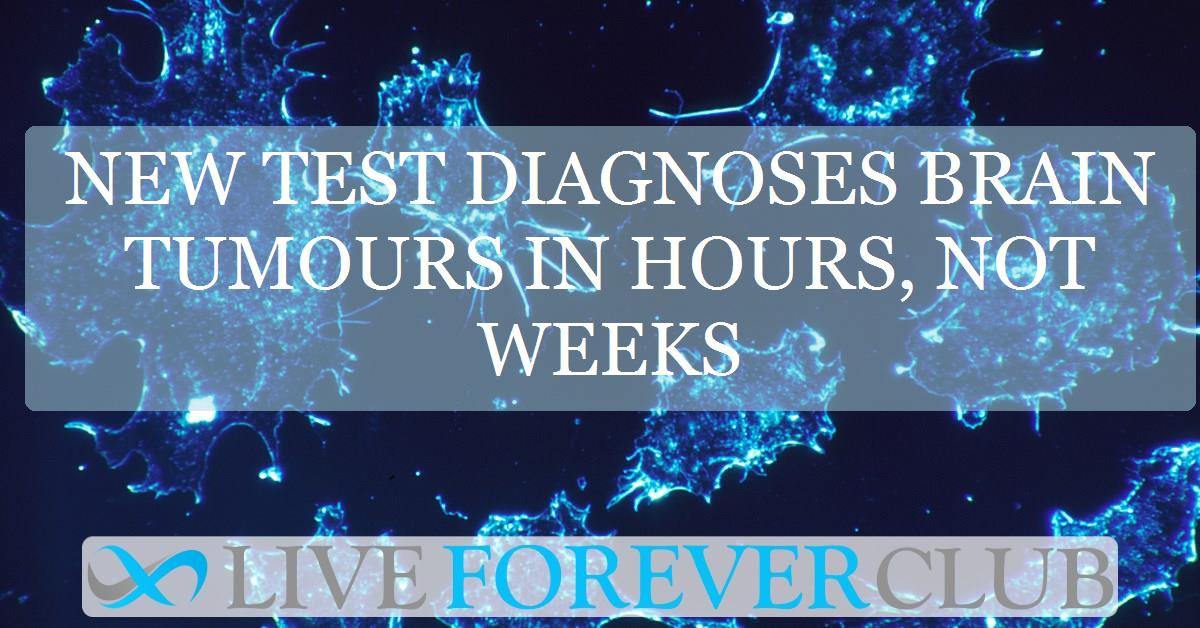Key points from article :
Researchers from the University of Nottingham have developed a rapid testing method that can diagnose brain tumours within hours, potentially even while the patient is still in surgery. This approach uses a technique called nanopore sequencing, which reads the unique electrical signals generated as DNA strands pass through tiny pores in a device, allowing doctors to identify the tumour’s genetic type much faster than traditional methods.
Normally, genetic testing for brain tumours can take up to eight weeks, delaying decisions about treatment like chemotherapy. With this new method, samples can be analysed and results delivered in as little as two hours, meaning some treatment plans could begin almost immediately. The process costs about £400 per sample, which is similar to existing genetic tests, making it a practical option for hospitals.
In the study, the team first tested 30 stored brain tumour samples and then used the technique on 50 fresh samples taken during surgery. They successfully classified 90% of these new samples within 24 hours, and over three-quarters were confidently identified in just one hour. These results were published in the journal Neuro-Oncology.
Professor Matthew Loose, who led the research, explained that getting faster results could allow surgeons to make more informed decisions during the operation itself, such as whether to remove more tissue or stop if surgery would offer little benefit. The technique could also help patients quickly access clinical trials tailored to their specific tumour types.
Dr Matt Williams, an oncologist at Imperial College who was not involved in the research, welcomed the innovation but noted that the bigger question is how this rapid diagnosis can be used to change patient care, especially since treatments administered during surgery are still being developed.
The new method, while still in early stages, could represent a major shift in how brain tumours are handled—speeding up diagnosis, reducing anxiety for patients, and possibly opening the door to new therapies delivered right in the operating room.








